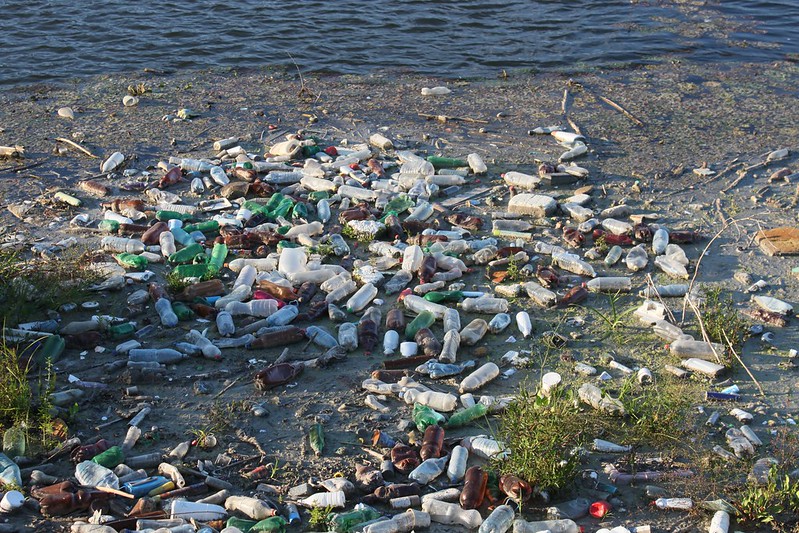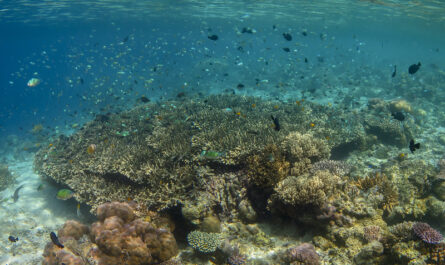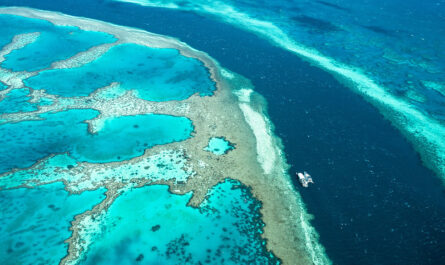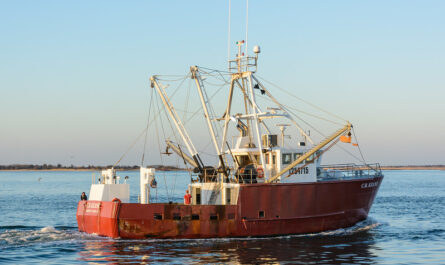The Pacific Garbage Patch, a massive accumulation of marine debris primarily composed of plastics, has become a stark symbol of global environmental degradation. Spanning an area twice the size of Texas between Hawaii and California, this floating wasteland poses severe threats to marine ecosystems, wildlife, and human health. Tackling such a colossal environmental issue requires international collaboration, innovative technologies, and robust policy measures. This article delves into the various efforts underway to clean up the Pacific Garbage Patch, focusing on the role of international organizations, technological innovations, and public awareness campaigns.
1. Understanding the Pacific Garbage Patch
What Is the Pacific Garbage Patch?
The Pacific Garbage Patch refers to two distinct areas of concentrated marine debris—the Western Garbage Patch near Japan and the Eastern Garbage Patch between Hawaii and California—connected by the North Pacific Subtropical Gyre. This gyre acts as a vortex, trapping plastics and other debris in its currents.
- Composition: Approximately 80% of the debris comes from land-based sources such as rivers and coastlines, while the remaining 20% originates from maritime activities like fishing and shipping.
- Microplastics: Tiny plastic particles, resulting from the breakdown of larger plastics, dominate the patch and are especially harmful to marine life.
Impact on Marine Ecosystems
- Wildlife Mortality: Marine species, including turtles, seabirds, and fish, often ingest plastic or become entangled in debris, leading to injury or death.
- Disrupted Food Chains: Microplastics are ingested by small organisms, which are then eaten by larger predators, spreading toxins throughout the food web.
- Coral Reefs: Floating plastics can smother coral reefs, disrupting their growth and biodiversity.
2. International Collaboration: A Unified Front
United Nations Initiatives
The United Nations Environment Programme (UNEP) has been instrumental in addressing marine plastic pollution through:
- Global Partnership on Marine Litter (GPML): Encouraging countries to reduce plastic waste and develop sustainable waste management practices.
- Clean Seas Campaign: Engaging governments, industries, and citizens to curb plastic use and promote recycling.
Intergovernmental Agreements
- London Convention and Protocol: Regulates the dumping of waste at sea, aiming to minimize marine pollution.
- Basel Convention: Focuses on controlling the transboundary movement of hazardous wastes, including plastics.
Regional Cooperation
- Asia-Pacific Economic Cooperation (APEC): APEC’s Marine Sustainable Development Initiative supports regional efforts to tackle marine debris.
- Pacific Regional Environment Programme (SPREP): Aims to protect and sustain the Pacific’s unique ecosystems by addressing marine pollution at its source.
3. Technological Innovations in Ocean Cleanup
The Ocean Cleanup Project
Founded by Dutch inventor Boyan Slat, The Ocean Cleanup project is one of the most high-profile efforts targeting the Pacific Garbage Patch.
- System 002: A U-shaped floating barrier that passively collects plastic debris by harnessing ocean currents. In its trial runs, it successfully removed thousands of kilograms of plastic.
- Interceptor: An autonomous river-cleaning system designed to capture plastic before it reaches the ocean.
Advanced Robotics and AI
- Marine Drones: Automated drones, such as the Seabin and WasteShark, are used to collect debris near coastlines and harbors.
- AI-Powered Mapping: Artificial intelligence helps map the extent and composition of the garbage patch, improving cleanup efficiency.
Biodegradable Plastics
While not a direct cleanup method, advancements in biodegradable plastics can significantly reduce future plastic waste entering the oceans.
4. Policy Measures and Legislative Action
National Policies
Countries around the Pacific Rim are adopting stricter regulations to address plastic pollution:
- Bans on Single-Use Plastics: Nations like New Zealand, Japan, and Canada have implemented bans on single-use plastics, including straws, bags, and cutlery.
- Extended Producer Responsibility (EPR): Policies that hold manufacturers accountable for the lifecycle of their products, encouraging eco-friendly packaging.
International Commitments
- Paris Agreement: Although primarily focused on climate change, the agreement indirectly addresses ocean health by promoting sustainable development.
- G20 Action Plan on Marine Litter: Encourages member states to share technologies and best practices to combat marine debris.
5. Grassroots Movements and Public Awareness Campaigns
Community-Led Cleanup Efforts
Local communities across the Pacific region are taking matters into their own hands:
- Beach Cleanups: Organizations like Surfrider Foundation and Ocean Conservancy organize coastal cleanup drives, removing tons of debris annually.
- Citizen Science: Volunteers collect data on marine litter to inform policy decisions and research.
Educational Initiatives
Raising awareness about the Pacific Garbage Patch is key to fostering behavioral change:
- School Programs: Environmental education curricula teach children about the importance of reducing plastic waste.
- Social Media Campaigns: Hashtags like #CleanSeas and #PlasticFree engage millions globally, encouraging sustainable practices.
Corporate Responsibility
Many corporations are pledging to reduce their environmental footprint:
- Coca-Cola and Unilever: Committed to using recyclable materials in their packaging.
- Patagonia: Promotes products made from recycled ocean plastics.
6. Challenges in Cleaning Up the Pacific Garbage Patch
Scale and Accessibility
The vast size and remote location of the garbage patch make cleanup efforts logistically and financially challenging.
Durability of Plastics
Plastics degrade very slowly, often breaking into microplastics that are difficult to remove.
Funding and Resources
Sustained cleanup efforts require significant investment, which is often limited by competing priorities.
Coordination Across Borders
Marine pollution is a transboundary issue, requiring collaboration among countries with differing capacities and interests.
7. The Future of Ocean Cleanup
Innovative Solutions on the Horizon
Emerging technologies, such as nanotechnology and bioremediation, offer promising avenues for tackling marine debris.
Zero-Waste Economies
Adopting circular economy principles—where waste is minimized, and materials are reused—could drastically reduce the flow of plastics into the ocean.
Global Commitment
Strengthening international treaties and fostering partnerships will be crucial for scaling up cleanup efforts.
Conclusion
The Pacific Garbage Patch is a stark reminder of humanity’s impact on the planet, but it also serves as a rallying cry for collective action. Through international collaboration, innovative technologies, and grassroots efforts, significant progress is being made in addressing this environmental crisis. While challenges remain, the growing momentum for cleaner oceans inspires hope for a future where marine ecosystems thrive, free from the burden of plastic pollution.



